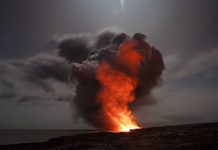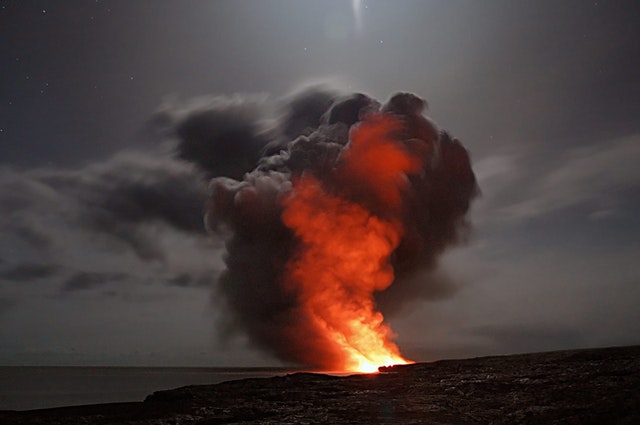ARCADIA, Calif. — An Astra launch of two NASA cubesats to monitor tropical storms failed June 12 when the rocket’s upper stage shut down prematurely.
Astra’s Rocket 3.3 vehicle, designated LV0010, lifted off from Space Launch Complex 46 at Cape Canaveral Space Force Station in Florida at 1:43 p.m. Eastern. The liftoff took place near the end of a two-hour window that opened at 12 p.m. Eastern, after an initial launch attempt was stopped less than two minutes before liftoff because of an issue with the condition of the vehicle’s liquid oxygen propellant.
The launch initially went according to plan, with the first stage firing for three minutes, followed by engine shutdown, deployment of the payload fairing, and stage separation. The upper stage engine ignited for a burn intended to last 5 minutes and 15 seconds, according to a mission timeline distributed by the company.
However, about four minutes into that burn, video from the rocket briefly showed a plume from the engine, after which the vehicle appeared to tumble. The planned time of engine shutdown and deployment of the rocket’s payload of two cubesats passed in silence.
The company soon acknowledged a mission failure. “We had a nominal first stage flight. The upper stage shut down early and we did not deliver the payloads to orbit,” the company tweeted. “We have shared our regrets with NASA and the payload team. More information will be provided after we complete a full data review.”
The failure is the second in three launch attempts for Astra this year. Another launch for NASA, also taking place from Cape Canaveral on Feb. 10, failed when the payload fairing failed to separate, a problem the company traced to a flaw in the wiring diagram for the separation system. The company returned to flight March 15, placing its first customer payloads into orbit on a launch from Kodiak Island, Alaska. The company has successfully reached orbit on only two of its first seven launches.
This launch was the first of three for NASA’s Time-Resolved Observations of Precipitation structure and storm Intensity with a Constellation of Smallsats (TROPICS) constellation, a set of six three-unit cubesats that carry microwave radiometers to measure temperature and precipitation in tropical storm systems. The full six-satellite constellation would have provided revisit times of less than an hour, allowing scientists to better track the formation of such storms, although the mission can still achieve its science goals with four satellites.
The six TROPICS satellites would launch two at a time on three Astra rockets, each into different orbital planes. The preferred orbits of the mission — an altitude of 550 kilometers and an inclination of 29.75 degrees — optimized the science they could produce but drove a dedicated launch solution rather than launching them as secondary payloads.
“We need to go to a 30-degree inclined orbit and no one else really wants to go there. The rideshares are all going to sun-synchronous orbits or mid-inclinations, so it’s very well targeted to a smaller vehicle with a very targeted insertion where they can get us exactly where we want to go,” said William Blackwell, principal investigator for TROPICS at MIT Lincoln Laboratory, in a video about the mission.
NASA acknowledged, though, that it was taking greater risk with this approach. It awarded Astra a contract valued at $7.95 million for the three launches in February 2021, before the company’s first successful launch.
“Even though we are disappointed right now, we know: There is value in taking risks in our overall NASA Science portfolio because innovation is required for us to lead,” Thomas Zurbuchen, NASA associate administrator for science, tweeted after the launch failure.
“I am confident that in the future we will succeed in using this valuable launch capability to explore the unknown and give others the same opportunity to inspire the world through discovery,” he added.



























